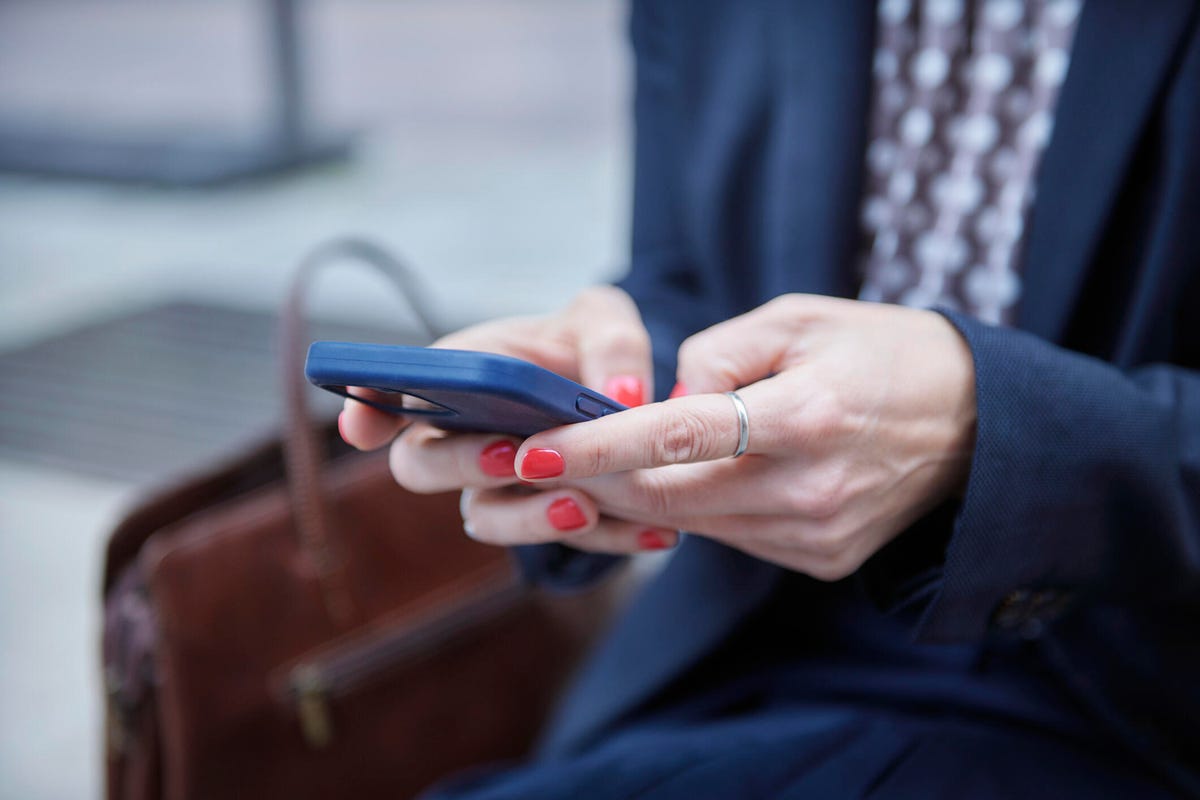[ad_1]

Have you ever lost your phone? When you did, was it ever located? If not, did it ever occur that someone with ill intentions could find that phone, break into it, and… well, you know the rest of that story.
The only positive outcome from such a scenario would be if the person who found the phone returns it to you. I’m not saying that won’t happen but the reality is, you should plan accordingly.
One of the first things you can do for that is to enroll your phone in Google’s Find My Device feature. It’s free and the benefits you gain from it are seriously important.
As far as what you gain from the feature, the list is pretty short but very sweet. Once your phone is enrolled in Find My Device, you can:
Once upon a time, you could also change the password for a device. But because of new features, such as biometrics, that is no longer possible. Even without that feature, the peace of mind you can get from issuing a factory reset to a lost phone is worth the few seconds of time you’ll spend enabling the feature.
That’s right, it’s very simple. Let me show you how.
Also: 5 quick tips for better Android security right now
What is Find My Device and how to enable it for your Android phone
This will work on devices that are running Android 8.0 and up, so these steps should apply unless your phone is more than two yers old.
The first thing to do is to open the Settings app, which can be done by either swiping down twice for the Notification Shade and tapping the gear icon, or opening the Settings app from the App Drawer.
In the Settings app, you’ll see an entry for Security. Tap that entry.
The security option is easily accessible from within Settings. Image: Jack Wallen
Within the Security page, you should see a listing for Find My Device. Tap that listing.
To enable the feature, you must tap Find My Device first. Image: Jack Wallen
In the resulting page, tap the ON/OFF slider for Use Find My Device until it’s in the ON position.
Enabling Find My Device in Android 13. Image: Jack Wallen
Once you’ve enabled Find My Device, open a web browser on your desktop or laptop, and go to https://www.google.com/android/find. Give the service a bit of time to register your device and it will show up. When you see it listed, consider yourself tethered to your phone, whether you know where it is or not.
My Pixel 7 Pro listing in Find My Device. Image: Jack Wallen
When to use Find My Device
This is a tough question to answer for everyone. The truth is we all lose our phones now and then. Most often, however, those phones can be located pretty quickly, because you’ve simply misplaced them. But if you’ve scoured your home, your car, and your place of business, that might be a good time to hop onto the website above and take action.
If you think you might know where the phone is, but can’t get to it right away, I would highly recommend you at least head to the website and secure your phone. If you are fairly certain it was stolen, I would, without hesitation, erase the device. And that last point is key — don’t hesitate. Even if you erase it and find it, you can always simply log back into your Google account and some of your data will be restored (although not all of it).
The Find My Device feature should be considered a must-have. Make sure your Android phone is signed into the service, so if your phone gets lost or stolen, the option to erase it is only a click away.
Source link



